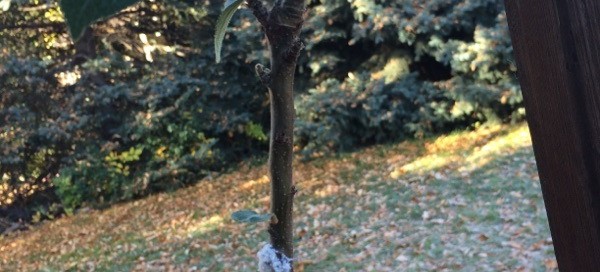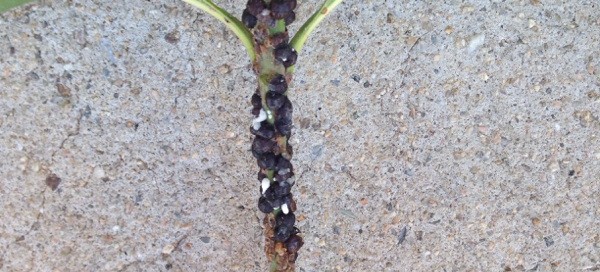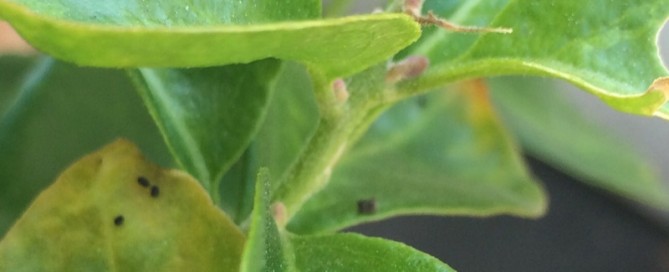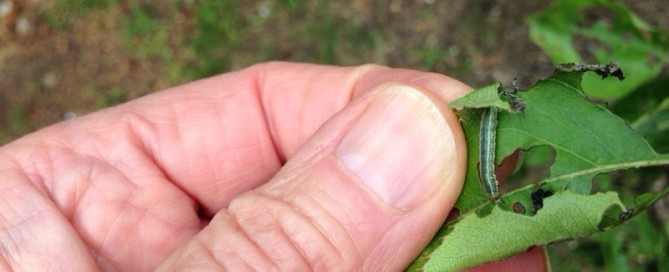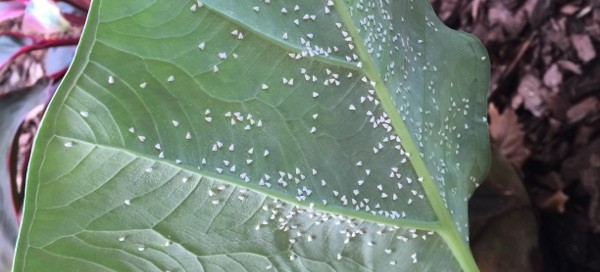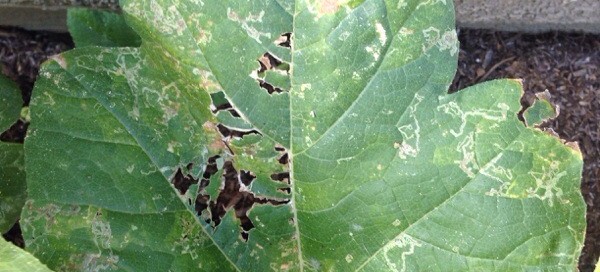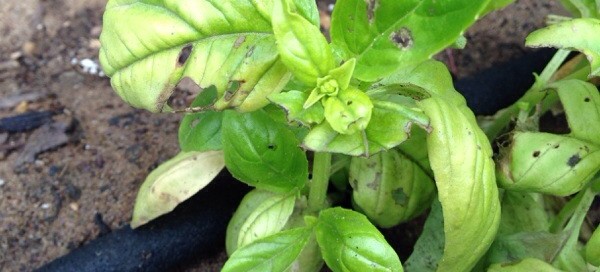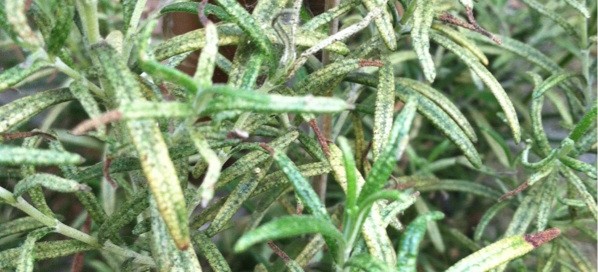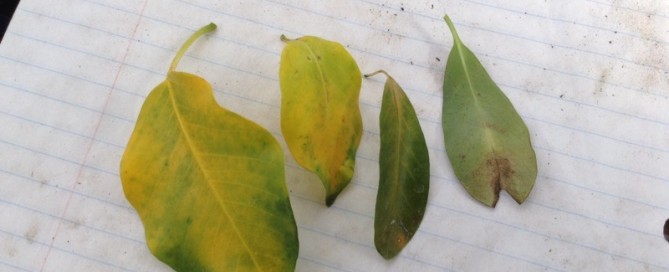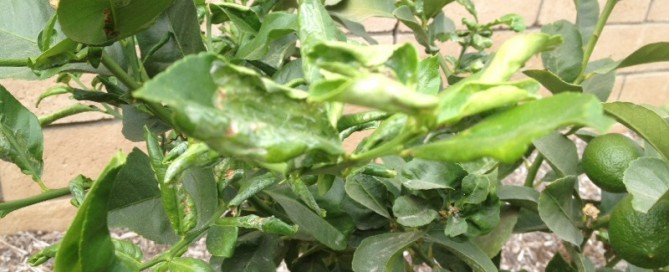Wooly Apple Aphid
Adult woolly apple aphids (Eriosoma lanigerum) are tiny, reddish to purple insects that are completely covered with a thick, woolly white wax. They feed on roots, trunks, limbs and shoots, producing galls at the site of the infestation. Heavy infestations on roots or above-ground portions of the tree can stunt growth and even kill young trees. Colonies on the roots cause the most damage in general, and are next to impossible to treat. Because the woolly apple aphids are somewhat protected by their waxy covering, regular spray programs may not provide adequate control. High volume applications of recommended insecticides may be necessary to penetrate the wax.
- See the fact sheet from Utah State Univ. at http://extension.usu.edu/files/publications/factsheet/aphids-apple.pdf
